
Owen
Chase
Owen Chase was first mate of the whaler Essex, which a sperm whale rammed and sank on 20 November 1820. Chase wrote about the incident in Narrative of the Most Extraordinary and Distressing Shipwreck of the Whale-Ship Essex. This book, published in 1821, would inspire
Herman Melville to write
Moby-Dick. Chase was born in Nantucket, Massachusetts, the son of Phebe (Meader) and Judah Chase.
SINKING OF THE ESSEX
As first mate of Essex, 21-year-old Owen Chase left Nantucket on August 12, 1819 on a two-and-a-half-year whaling voyage. On the morning of November 20, 1820, a sperm whale (alleged to be around 85 feet, 26 m), twice rammed Essex, sinking her 2,000 nautical miles (3,700 km) west of South America. The closest known islands, the Marquesas, were more than 1,200 miles (1,900 km) to the west and the captain of Essex, George Pollard, intended to make for them but the crew, led by Chase, feared the islands might be inhabited by cannibals and voted to make for South America. Unable to sail against the trade winds, the boats had to sail south for 1,000 mi (1,600 km) before they could use the Westerlies to turn towards South America, which would still lie another 3,000 mi (4,800 km) to the east.
Of the 21 men in three whale boats who began the journey, eight survived: three who chose to remain on a barely habitable island and five in two boats who attempted to reach South America and who were forced to resort to cannibalism to remain alive.
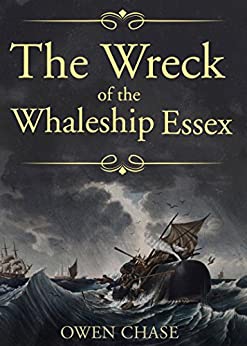
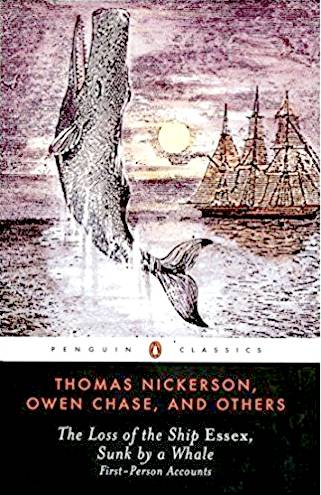
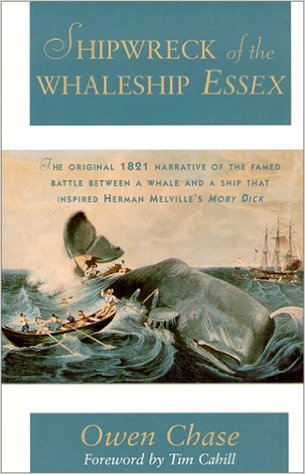
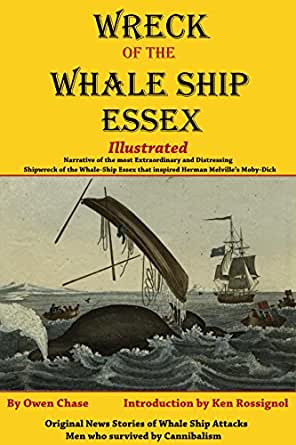
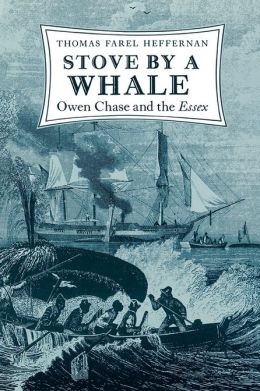
RETURN TO NANTUCKET
Along with three other survivors of Essex, Chase returned to Nantucket on Eagle on June 11, 1821 to find he had a 14-month-old daughter he had never seen named Phoebe. An account of the homecoming was later published in a magazine. A large crowd had gathered at the docks to see the survivors arrive and as they disembarked, had parted without a sound. The survivors walked alone to their homes without a word being spoken.
Within four months and with the help of a ghostwriter, he completed an account of the disaster, the Narrative of the Most Extraordinary and Distressing Shipwreck of the Whale-Ship Essex; this was used by Herman Melville as one of the inspirations for his novel
Moby-Dick. Much later in 1960, the manuscript of Thomas
Nickerson, detailing the same whale encounter was discovered, later
published in 1984.
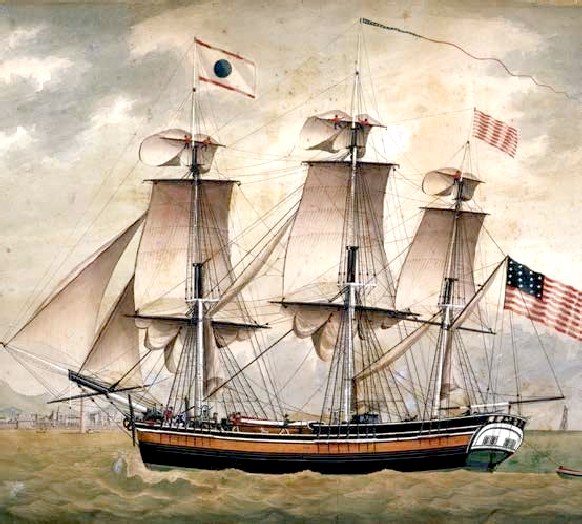
By
all accounts, the number of accounts of sinkings of whaling ships by
large sperm whales, is sure to have influenced Herman Melville in the
writing of Moby Dick, finally ending with the sinking of the Ann
Alexander in 1851.
RETURN TO SAILING
In December 1821 Chase signed on as first mate on the whaler Florida which sailed on December 20 from New Bedford, Massachusetts, the crew list contains the only extant physical description of Chase; 24 years old, five feet 10 inches, dark complexioned and brown haired. After whaling in the same area where the Essex sank, the vessel returned to New Bedford on November 26, 1823. Chase was again greeted by a daughter he had never seen, 18-month-old Lydia. On September 14, 1824 a son William was born and Chase's wife Peggy died two weeks later.
Nine months later Chase married Nancy Joy, the widow of Matthew Joy who was the first of the Essex survivors to die. Two months later Chase sailed again, as captain of the Winslow. The Winslow fished the Japan grounds before continuing east to dock briefly in San Francisco before sailing for the Pacific ground and finally returning to New Bedford on June 20, 1827. In mid-August Winslow set sail for the Brazil Banks but was badly damaged in a severe storm south of the Canary Islands that also sank two whaling ships and damaged three more. The ship was forced to return to New Bedford where it took nine months to repair. The ship sailed for the Pacific grounds in mid July 1828, returning early July 1830.
Relatively wealthy from his successful whaling voyages, Chase now stayed in Nantucket for two years to supervise the construction at the Brant Point shipyards of his own whaler, the Charles Carrol which sailed on October 10, 1832 for a three and a half year voyage. Nine months into the voyage, Chase's wife gave birth to a daughter named Adeline. Nancy Chase died several weeks later. Chase's brother Joseph, captain of Catherine, was told of the tragedy several months later and passed the news on to Chase when they met in the Pacific ground in August 1834.
Charles Carrol returned to Nantucket in March 1836 and on April 5 Chase married Eunice Chadwick. In August, Chase departed on another three and a half year whaling voyage. Sixteen months later Eunice gave birth to Charles. Herman Melville wrote of the news in his copy of Chase's narrative:
"For, while I was in the Acushnet we heard from some whaleship that we spoke, that the captain of the "Charles Carrol" - that is Owen Chase - had recently received letters from home, informing him of the certain infidelity of his wife, the mother of several children, one of them being the lad of sixteen, whom I alluded to as giving me a copy of his father's narrative to read. We also heard that this receipt of this news had told most heavily upon Chase, & and that he was of the deepest gloom."
We know from the ship's log that Charles Carrol met the whaler Hero in the grounds, the captain of which was Reuben Joy, brother of Matthew Joy from Essex, and that the two vessels remained together for the unusually long time of two months. It is speculated that it was Joy who passed on the news to Chase. Charles Carrol docked at Holmes Hole on February 15, 1840 where Chase left the ship and
traveled to Nantucket. There he filed for divorce on February 18, which was granted on July 7.
RETIREMENT
Two months after the divorce was finalized, Chase married for the fourth and final time to Susan Coffin Chase. He never sailed again. Memories of the harrowing ordeal haunted Chase. He suffered terrible headaches and nightmares. Later in his life, Chase began hiding food in the attic of his Nantucket house on Orange Street and was eventually institutionalized. He remained there for an estimated 8 years and was subsequently released.
Chase was born October 7, 1797 and passed away March 7, 1869.
POPULAR CULTURE
based on the classic book by
Herman
Melville starring Captain
Ahab and the crew of the Pequod
who were fated to be killed by the giant white whale Moby Dick.
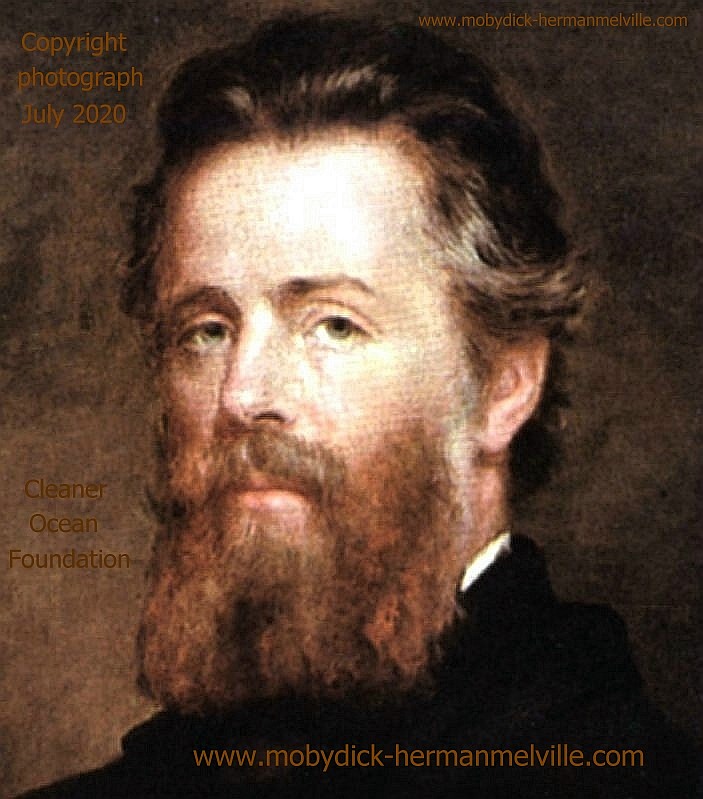
Herman
Melville was the author of a story about what we'd now consider an illegal activity,
the commercial hunting of whales for oil and meat. Whaling is still
carried out by Japan, Iceland and Canada, among other nations, though
most nations voluntarily abstain in the interests of conserving the
magnificent animals - as per International
Whaling Commission guidelines.
Please use our
A-Z INDEX to
navigate this site







